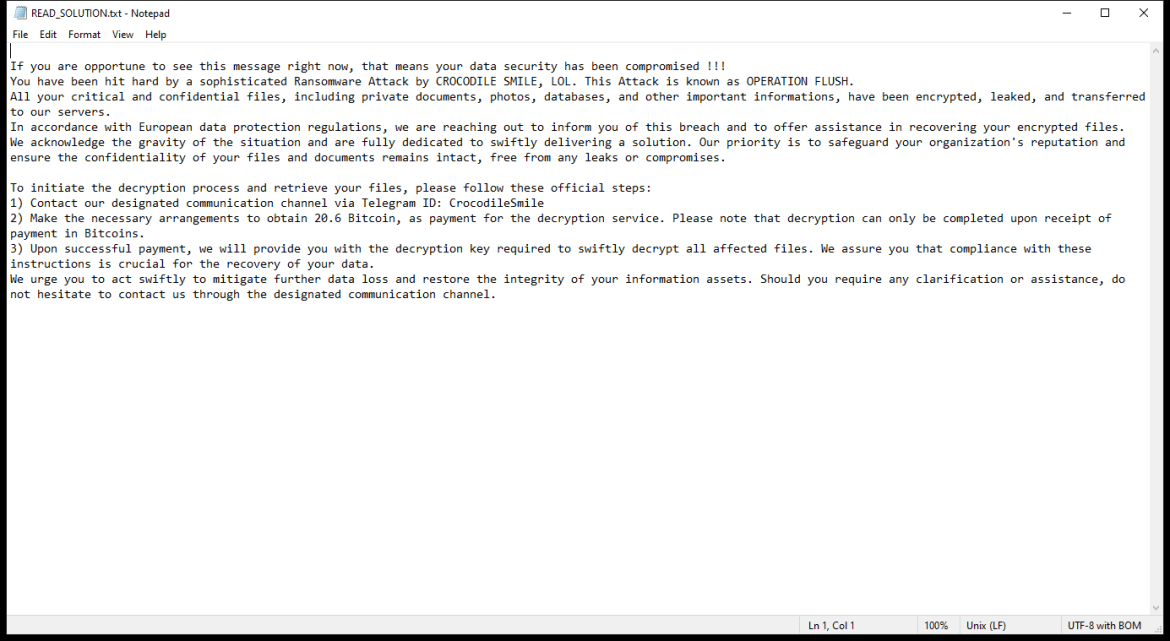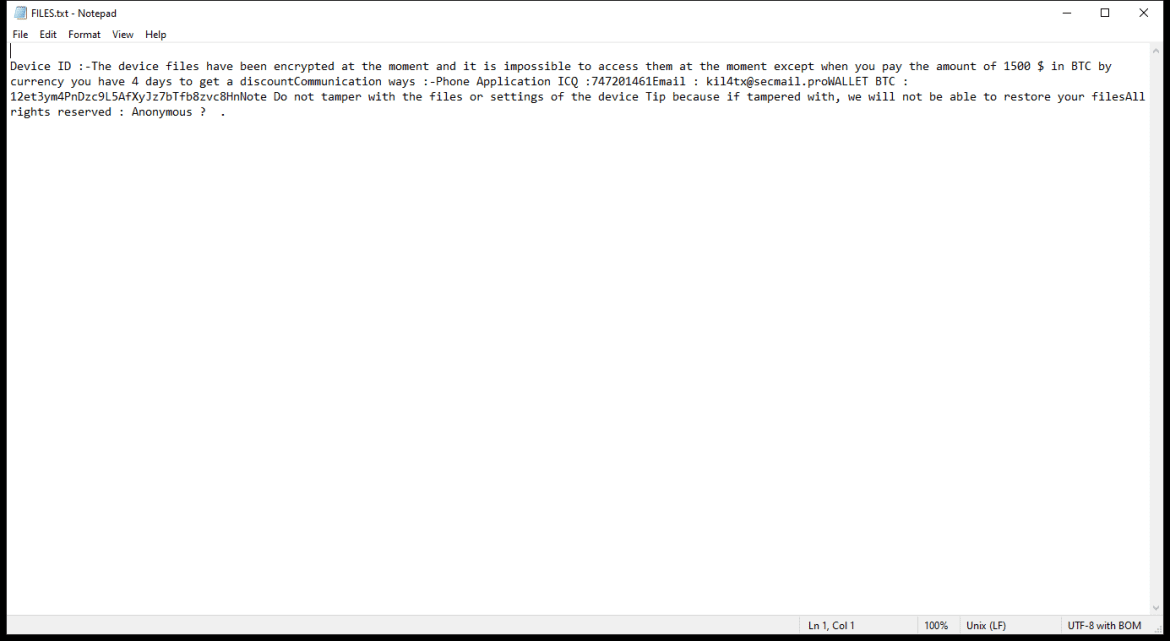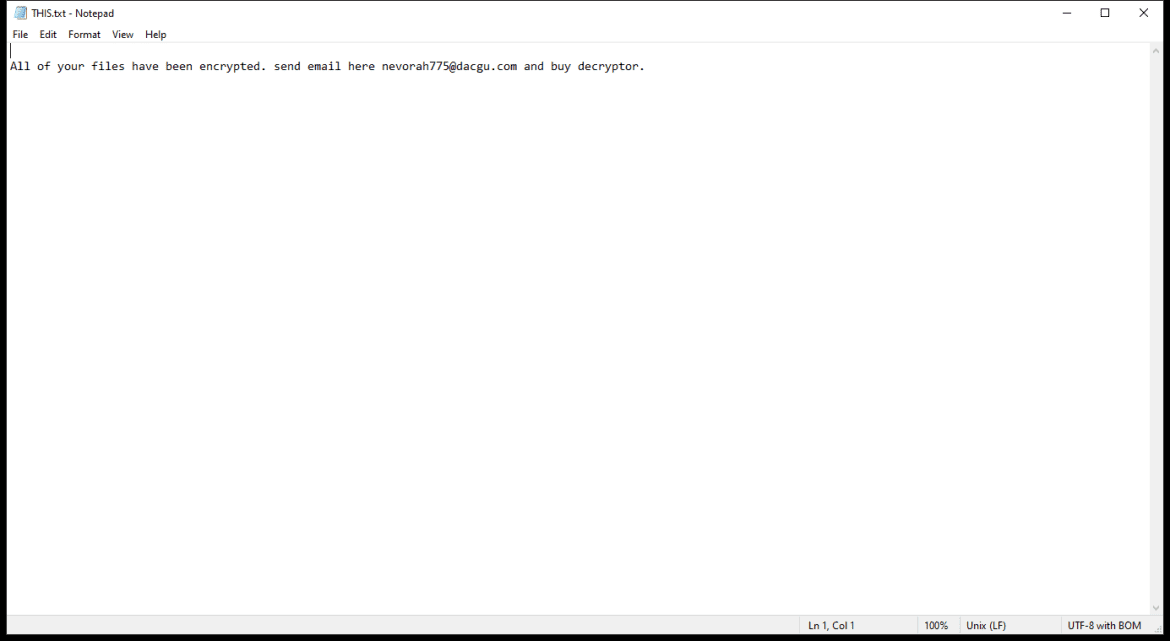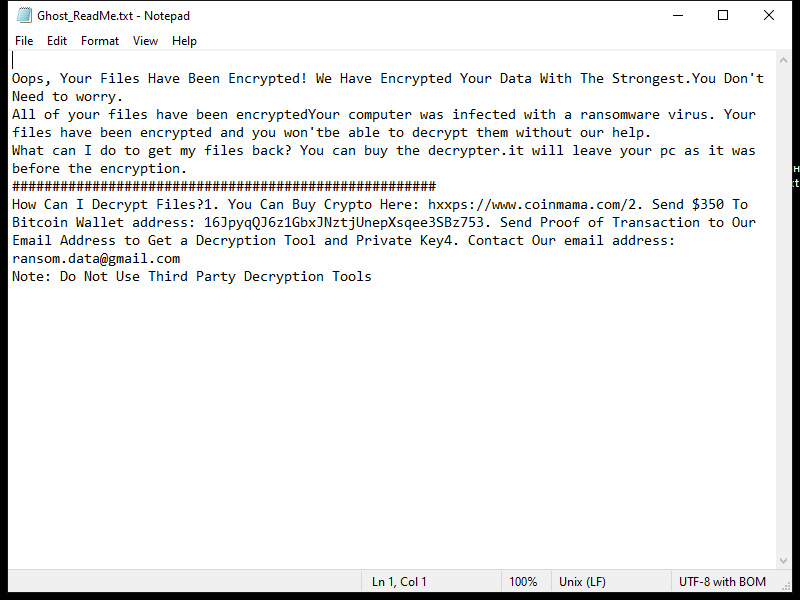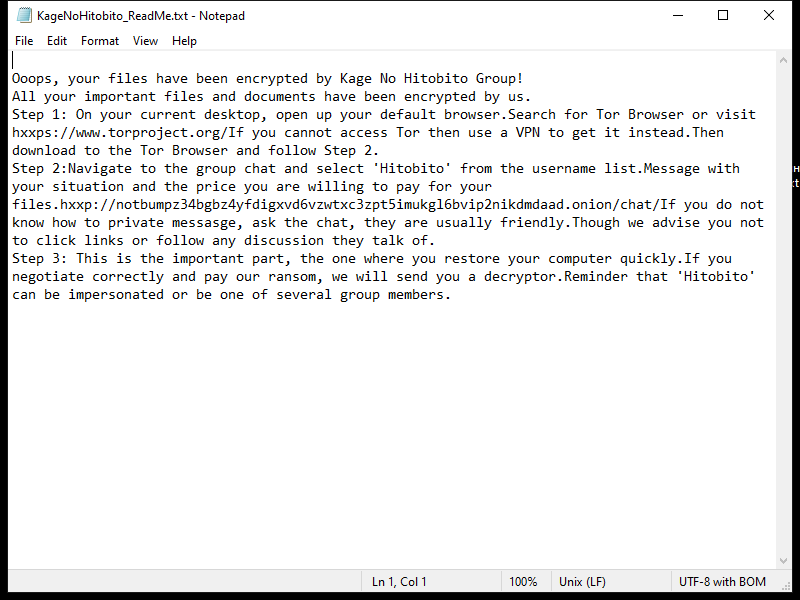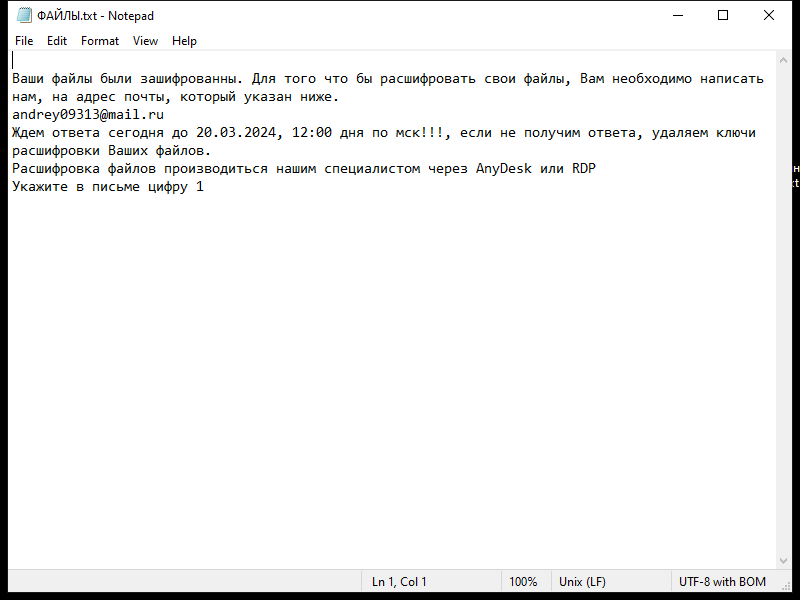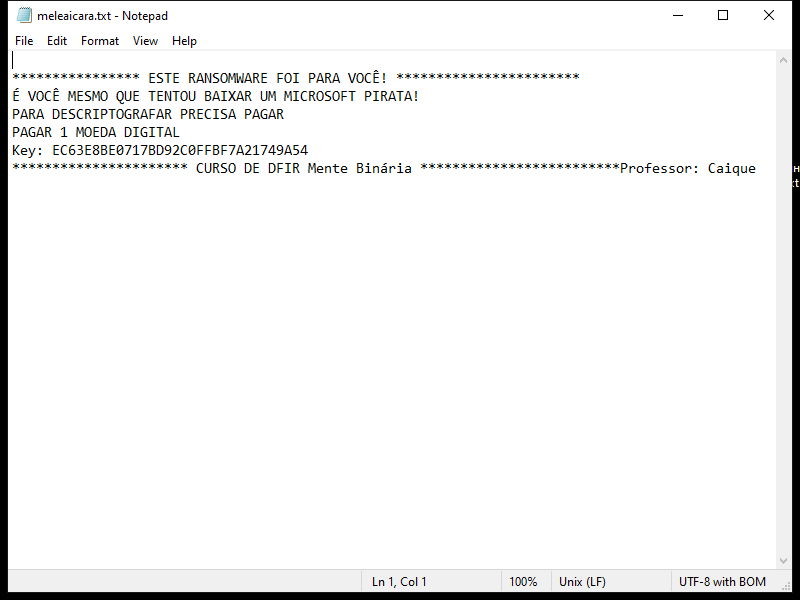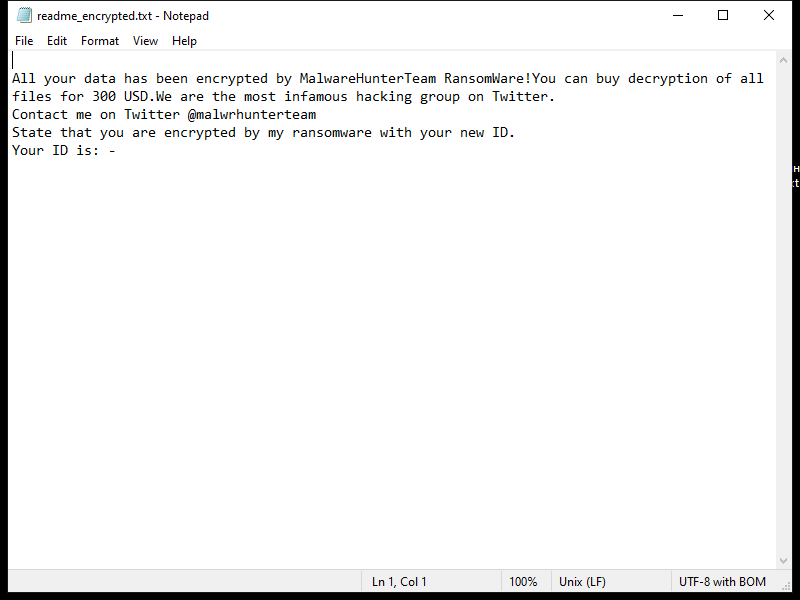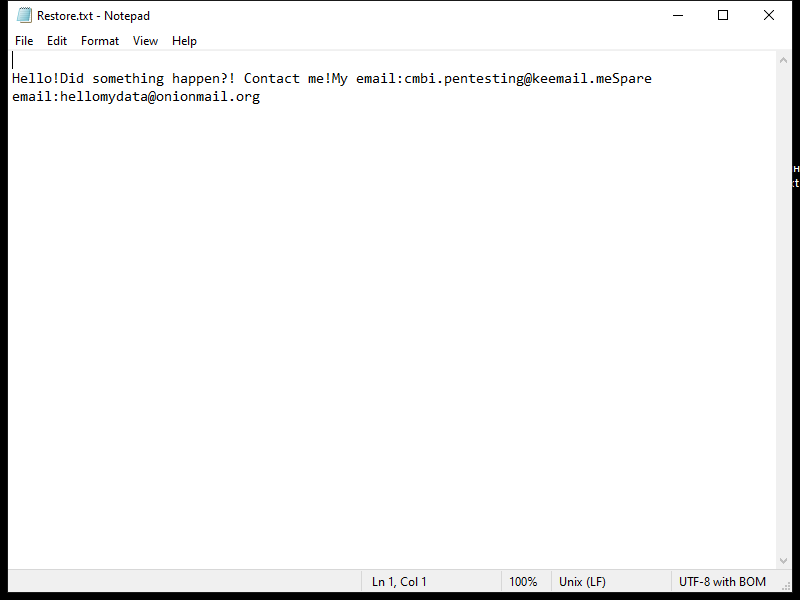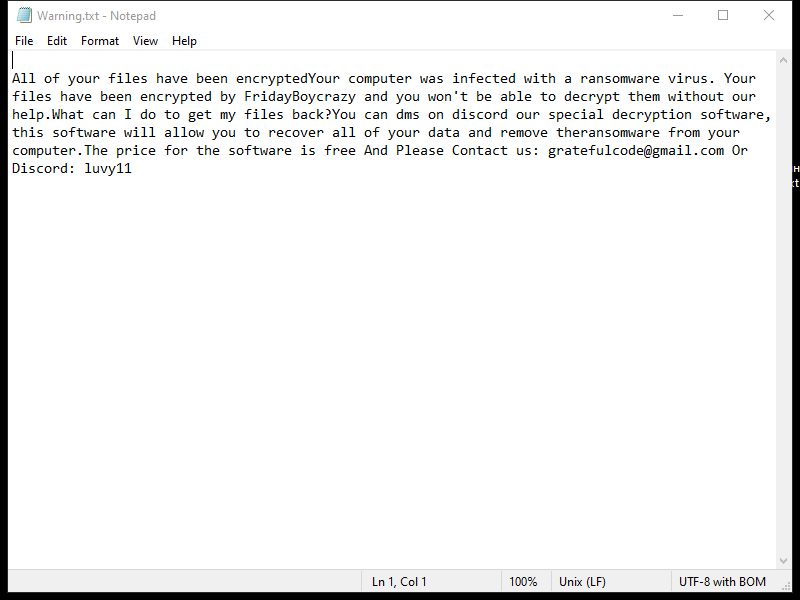Crocodile Smile Ransomware is a type of malicious software that encrypts files on a victim’s computer and demands a ransom in exchange for restoring access to the files. It typically infects computers through phishing emails, malicious attachments, or links, and exploit kits.
When Crocodile Smile Ransomware infects a computer, it adds a .crocodilesmile file extension to the encrypted files. It uses advanced encryption algorithms such as AES or RSA to lock the files, making them inaccessible without the decryption key.
A ransom note is usually created by Crocodile Smile Ransomware and placed on the desktop or in folders containing encrypted files. The note typically contains instructions on how to pay the ransom and obtain the decryption key.
As of now, there are no known decryption tools available for .crocodilesmile files. However, victims are advised not to pay the ransom as there is no guarantee that the cybercriminals will provide the decryption key even after payment. Instead, victims should regularly back up their files, keep their antivirus software up to date, and seek help from cybersecurity experts to remove the ransomware from their systems.

